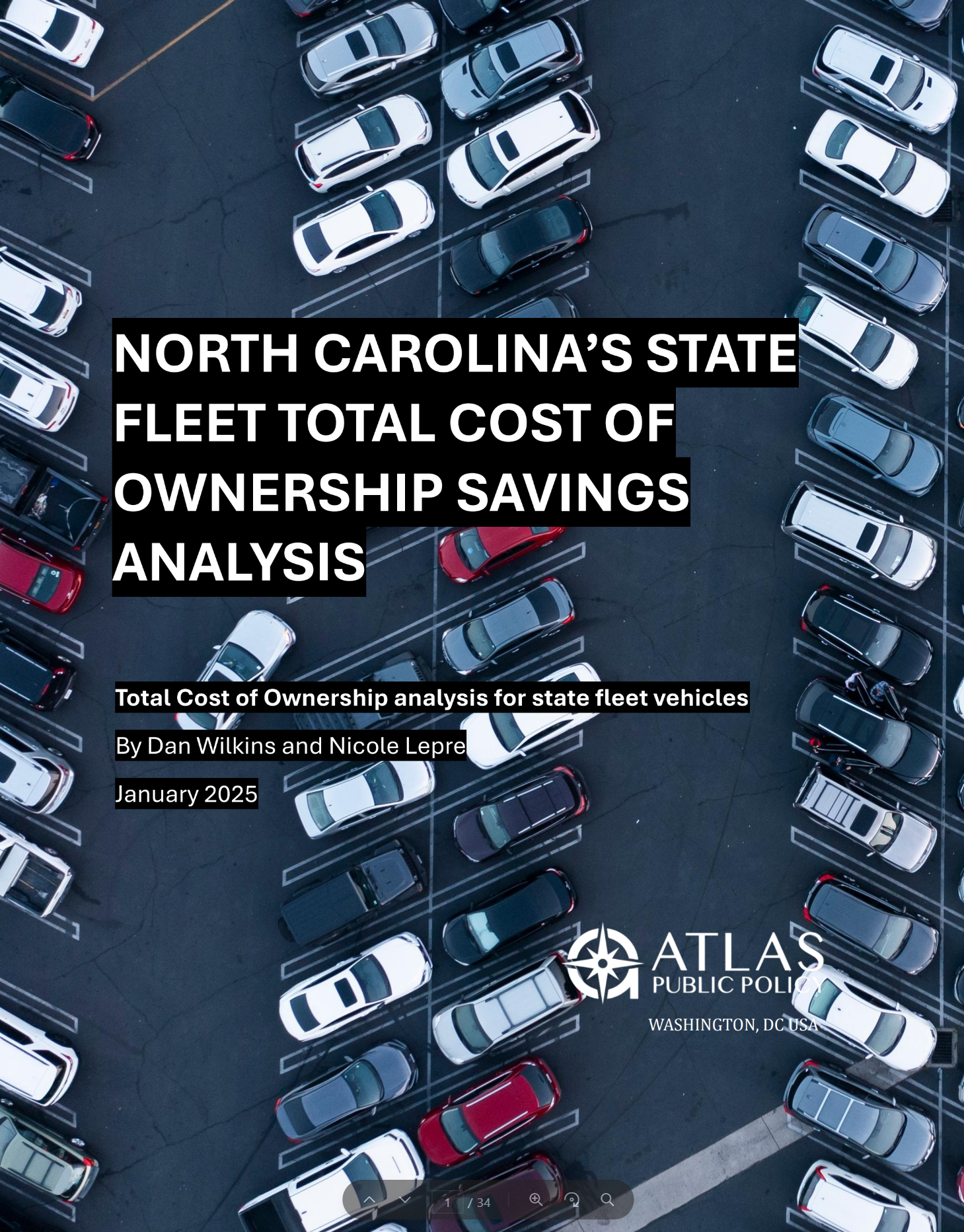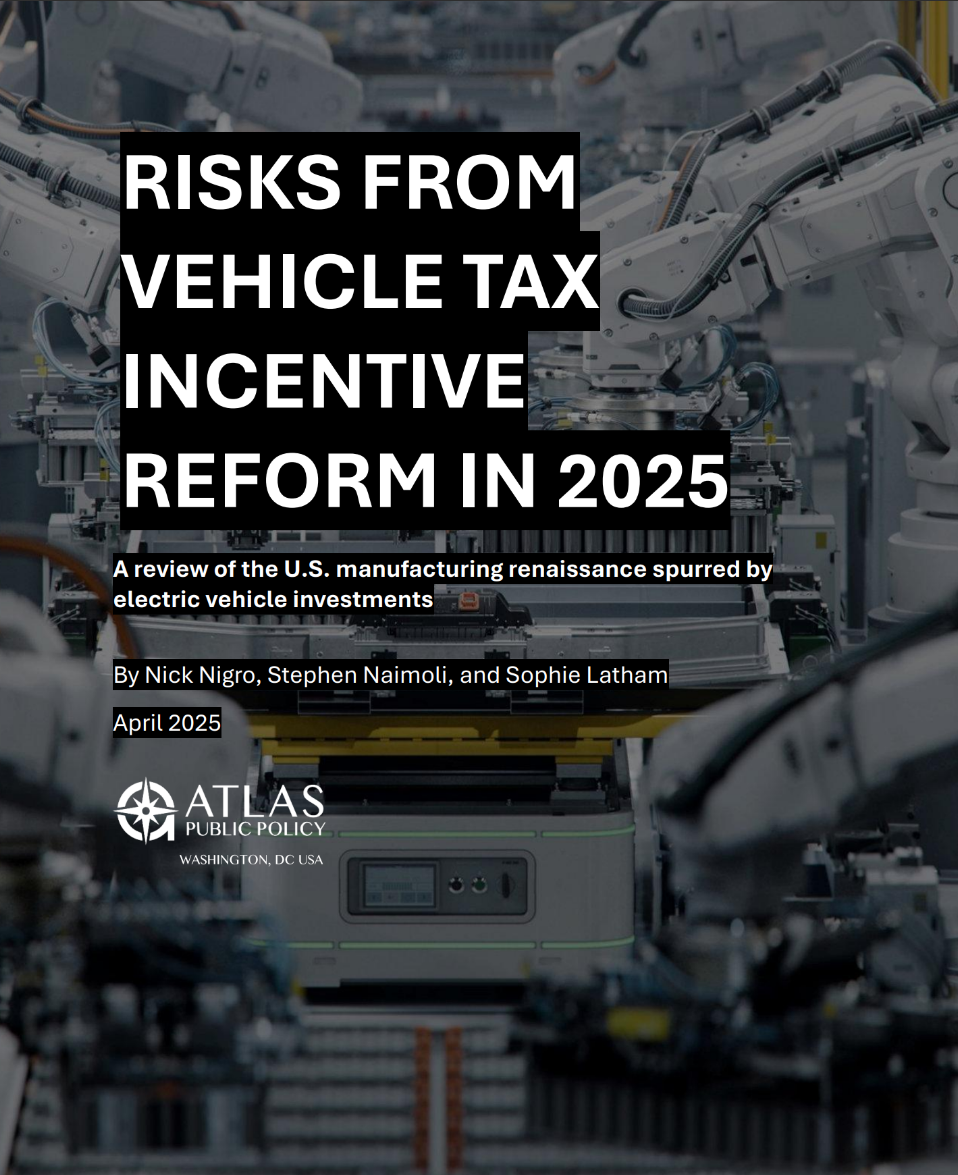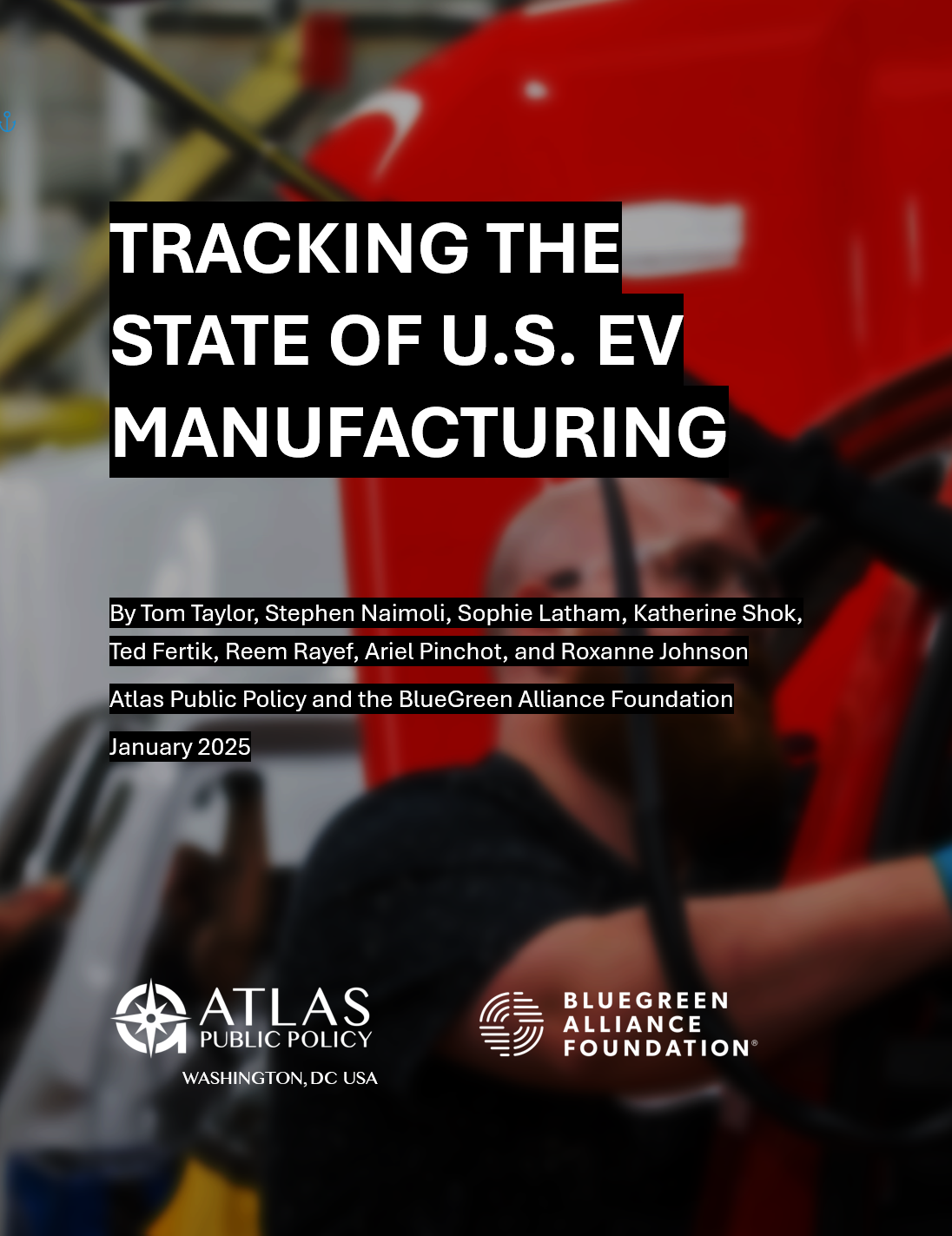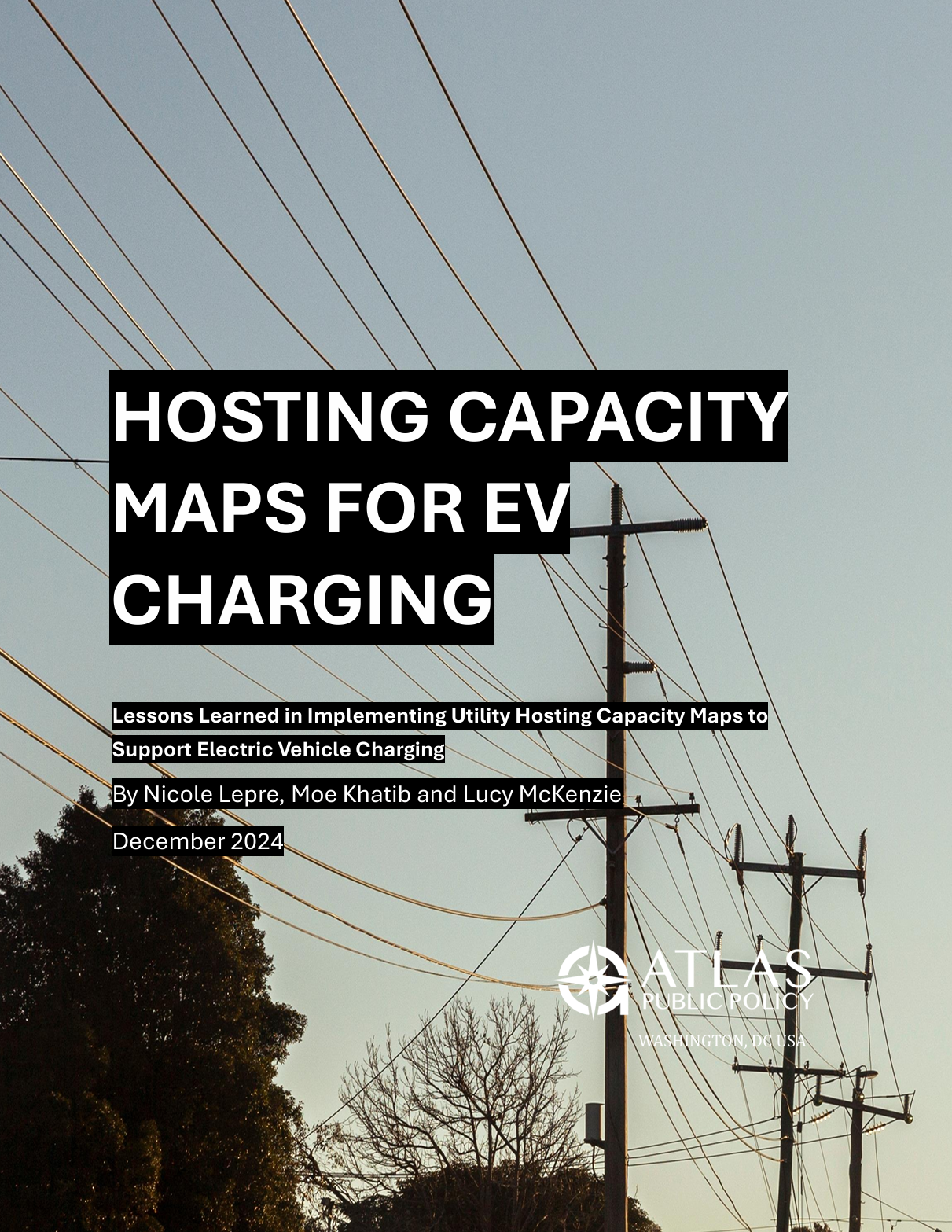For many public fleets, the potential to enhance operations and save taxpayer dollars has spurred increased interest in understanding the total cost of ownership (TCO)of different vehicles. In particular, TCO captures all expenses over a vehicle’s lifetime—fuel, maintenance, and more—giving agencies a comprehensive view of cost-effectiveness.
Beginning in 2025, about 17 percent of North Carolina’s state fleet (nearly 1,400 vehicles) can be replaced with EVs at a lower total cost of ownership than comparable gas and diesel models. In other words, these EV replacements would save the state money over each vehicle’s lifetime. By 2030, almost half of the fleet—3,852 vehicles—can be cost-effectively electrified, yielding $19 million in net TCO savings.
Sedans and minivans offer the greatest near-term benefits, but technology improvements will soon make SUVs and pickups increasingly cost-competitive as well. This strategic transition positions North Carolina to maximize its return on investment, cut operating costs, and reduce emissions. Given these opportunities, state agencies should begin planning for widespread fleet electrification now, ensuring that as vehicles are retired along their typical schedules, most new or replacement light- and medium-duty vehicles acquired this decade can be lower TCO vehicles.




